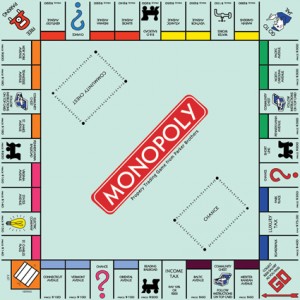 Some time ago I read an article in the NY Times about a man who defrauded investors of billions of dollars.
Some time ago I read an article in the NY Times about a man who defrauded investors of billions of dollars.
Not really news these days, I guess.
Seems like there’s a lot of creative bookkeeping going on out there.
It’s an inventive way to add value, I must say. Maybe there’s a lesson for us in it.
Maybe a little creative bookkeeping isn’t always a bad thing…?
I recently had a conversation with a woman who has several young children.
She’s like many of us.
She has a lot going for her in the assets column: supportive husband, curious and secure children, a good understanding of the principles of TJEd; and like most of us she has some entries in the “liabilities” column that demand your respect.
It is true that we all have assets and liabilities.
But sometimes we get confused over which one is which, you know what I mean?
- You’re a really great organizer: positive or negative?
- Your husband doesn’t interfere with your style in the home: good or bad?
- You’re a part of a great co-op that’s been going strong for years: asset or liability?
- You never dreamed you’d be taking such an active role in educating your children and have no preconceived notion of what your home culture should be like: red/black ink?
I worked as a bookkeeper for a lot of years.
Nothing can mess you up quite as bad as putting the right number in the wrong column.
Your eye just misses the error, over and over, no matter how closely you look!
And the misrepresented value throws everything off.
And the results don’t add up–they make no sense at all!
In bookkeeping, you don’t have the luxury of “close enough” or “it depends on how you look at it”.
But our own balance sheets are fortunately much more subjective.
We can literally choose to define the parameters of what is an asset and what is a liability.
We can change the red ink to black; we can remove from any number the parentheses that indicate a negative value.
And, we can assign a negative value to something counter-intuitively, based on criteria that meet our needs, regardless of another’s criteria.
So in terms of our family culture and education: What parameters do we use?
This is the beauty of Leadership Education.
With our core values as the fixed point of reference, TJEd is the template of principles that inform our choices.
Virtue and wisdom must be paired.
You can, for all the right reasons (virtue), choose something that is inferior or even contrary to your goals, if you are ignorant of the principles that govern the outcome (wisdom).
Our best intentions are leveraged into success when we act on principle, and fall tragically short when we ignore principle.
By considering our Core values to apply the principles of leadership education, we can act with Character and Competence.
And, we can make sense of the assets/liabilities in our lives.
It is a lot of work to be so deliberate in our decision making.
But I can’t believe that it’s less work to wing it and hope things turn out okay.
That’s like never balancing your checkbook at all.
We don’t even KNOW if we’re overdrawn, so we can’t act with the clear conscience of integrity.
And, it’s extremely stressful!
But when we pay the price to know where we stand, when we know what we are trying to accomplish and how the principles operate in that realm, we can act with confidence and cheerfully disregard the difficulties that are inherent in any worthy endeavor.
So:
- Great organizer? Structure time, not content.
- Easygoing husband? FEC.
- Coop? Momschool. Club. Event.
- Newbie? The TJEd Implementation Course: Mentoring in the Classics.
When you’re a bookkeeper, it’s always helpful to know what an auditor is going to be looking for.
In your family’s education you are both the bookkeeper and the auditor.
(Or, if you prefer, a Higher Power is your auditor, but you can get his input on every entry!)
Define the parameters of your success, learn and apply the principles that govern such success, and keep the ledger balanced and up-to-date.
rd


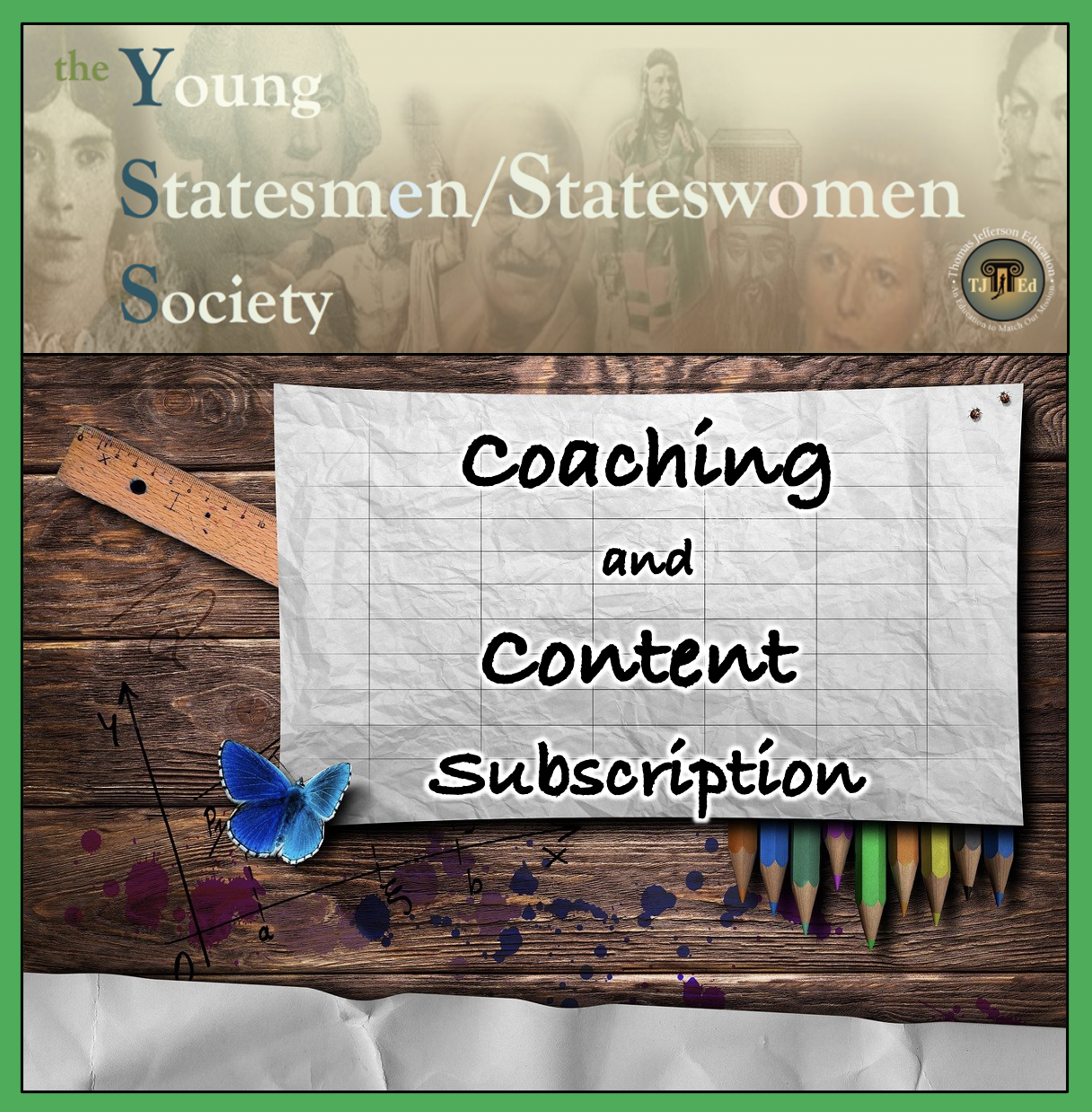





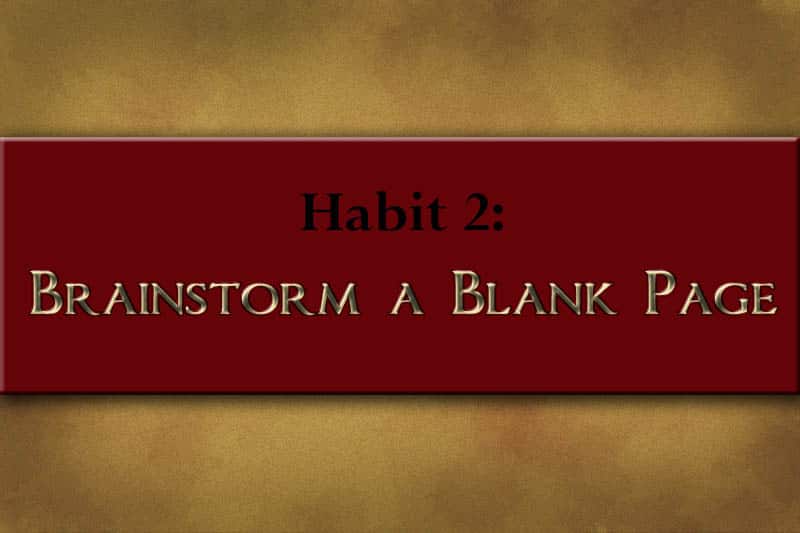









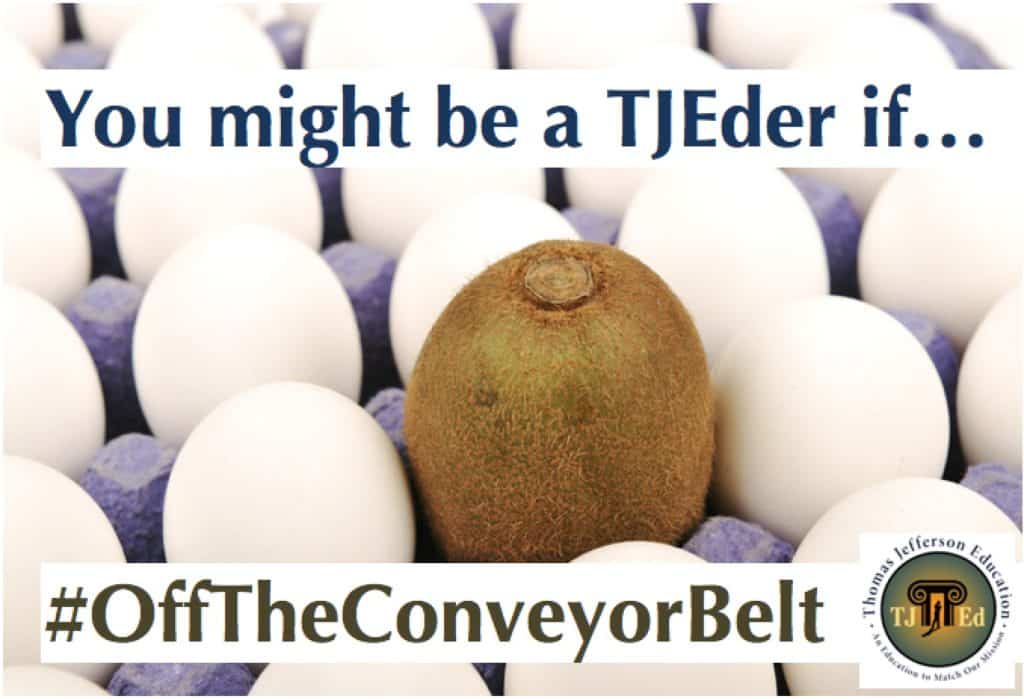


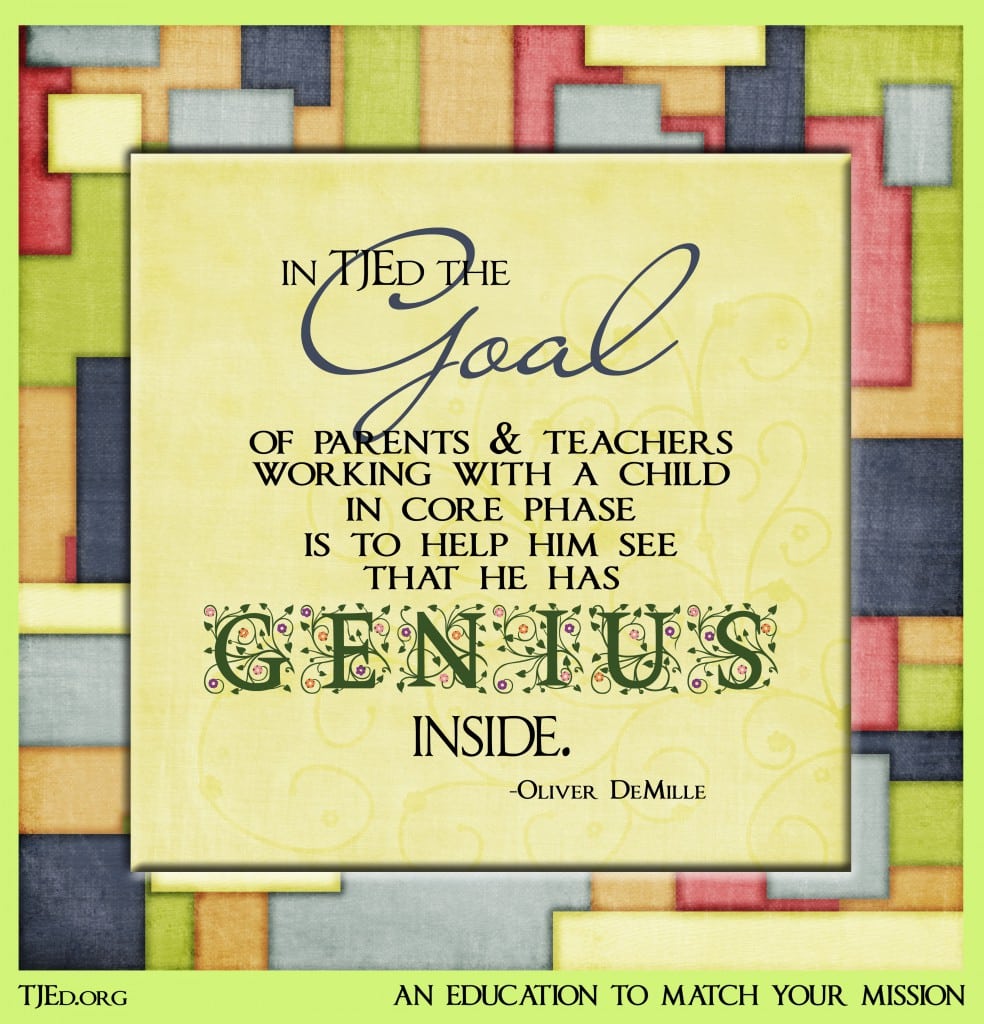



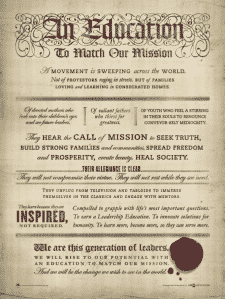



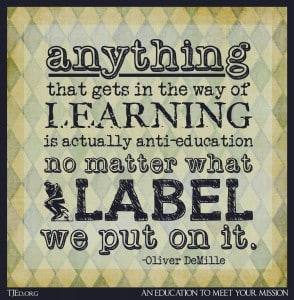
Leave A Comment